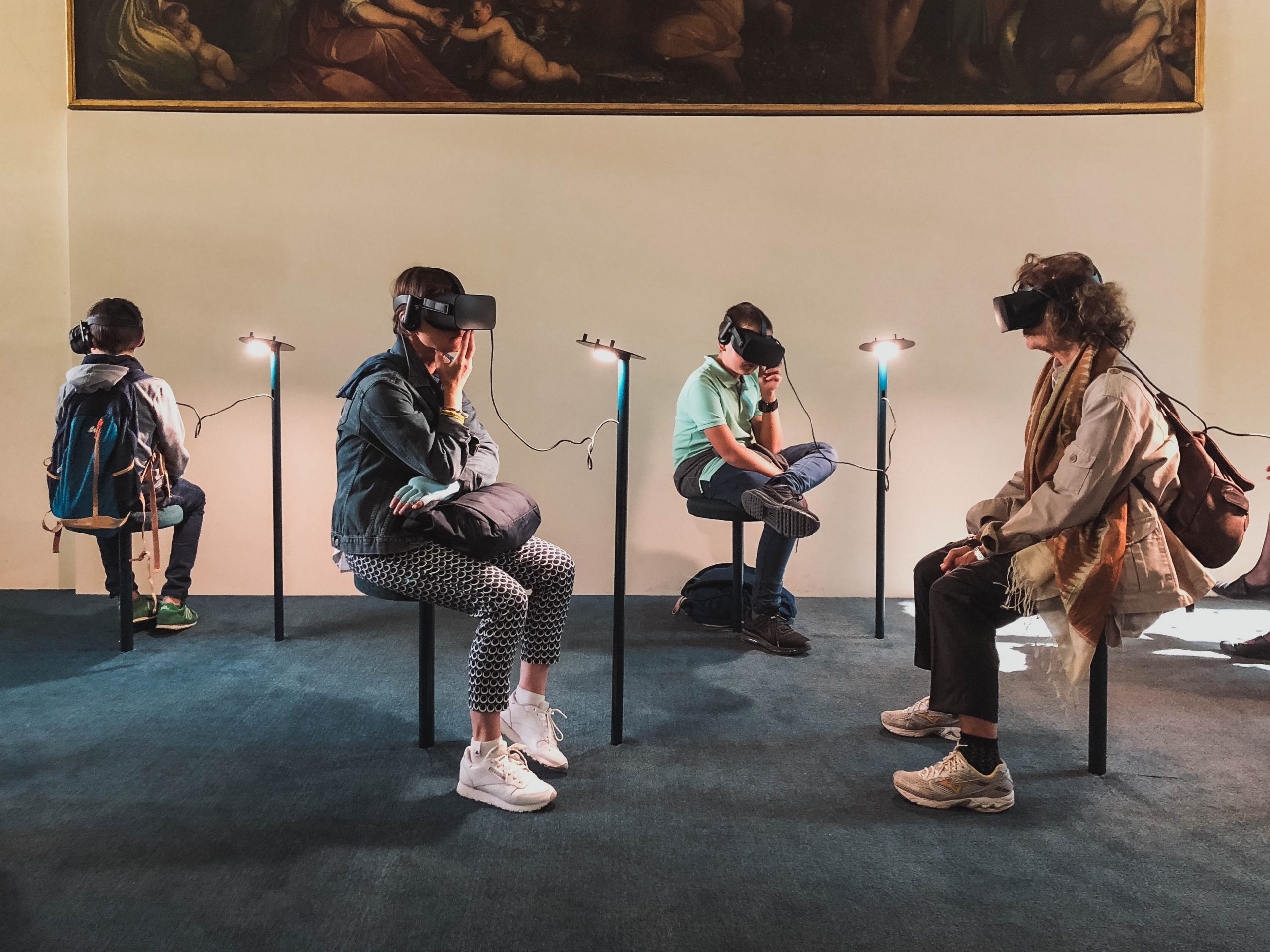
Transforming Workforce Training Through Federal Leadership in XR Technology
Summary
Today’s unprecedented health and economic challenges demand a transformative approach to workforce training. Already, technology that immerses a person in a digital space (virtual reality) or that enhances reality with digital features (augmented reality) is making it possible to prepare workers faster and better for high-quality, high-demand jobs. Government investment in augmented and virtual reality (together known as “XR” technology) will supercharge workforce training, helping Americans across the country get into jobs that benefit them and our society.
The Federal Government should partner with industry to identify and implement “shovel-ready” applications of XR technology. Initial efforts should focus on demonstrating proof of concept by deploying XR technology towards two goals; namely:
- Work through the Department of Health and Human Services (HHS) to train 50,000 nurses over the next four years.
- Work through the Department of Labor (DOL) and Department of Energy (DOE) to train 50,000 solar-energy installers over the next four years.
These goals are readily achievable thanks to existing programmatic infrastructure at agencies with explicit workforce-development missions. Follow-on work could expand applications of XR technology to workforce training in other domains and/or through other agencies.
Moving postsecondary education data collection to the states is the best way to ensure that the U.S. Department of Education can meet its legislative mandates in an era of constrained federal resources.
Supporting children’s development through health, nutrition, education, and protection programs helps the U.S. achieve its national security and economic interests, including the Administration’s priorities to make America “safer, stronger, and more prosperous.”
To strengthen federal–state alignment, upcoming AI initiatives should include three practical measures: readiness assessments before fund distribution, outcomes-based contracting tied to student progress, and tiered implementation support reflecting district capacity.
FAS is invested in seeing more students gain science and technology skills and enter STEM careers, both for students and for our country’s competitive advantage.